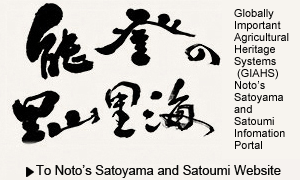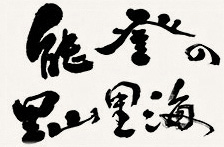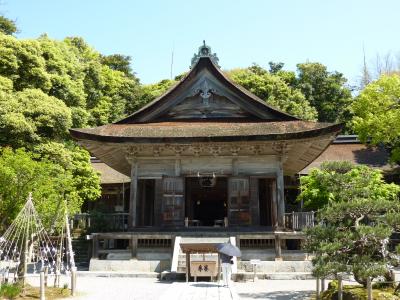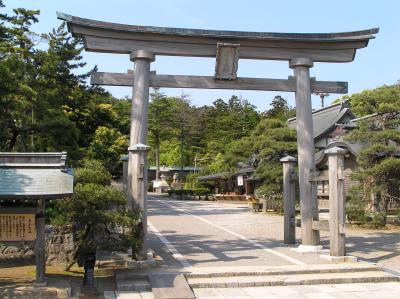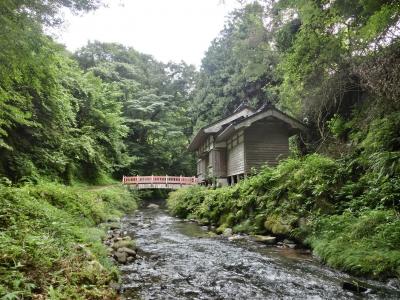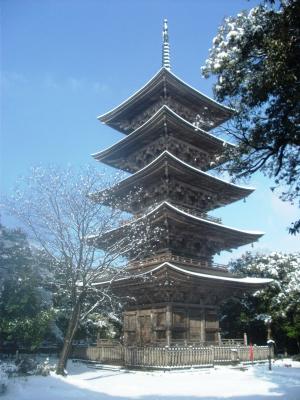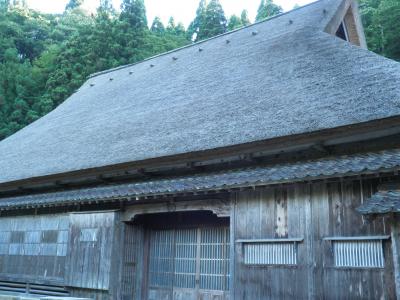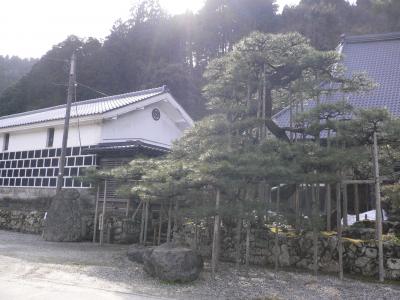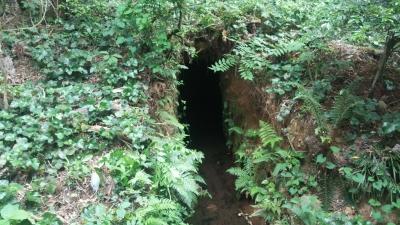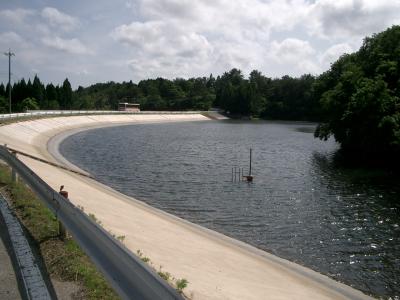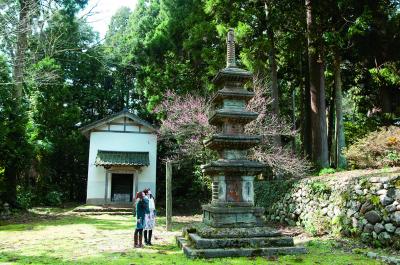
Name
Keta Taisha Shrine
Address
Jike-machi, Hakui City
Category
History
Class
Belief
Designation
Nationally designated important cultural properties: Auxiliary Wakamiya Shrine sanctuary (August 1950), Worship hall (June 1961), Shinmon Gate (June 1961), Sanctuary including two ridgepole plaques (June 1982), Auxiliary Hakusan Shrine sanctuary (June 1982), Emperor Gonara Nyobo Hosho (letter written by court ladies by imperial order) (August 1950)
Comment
This shrine is the Ichinomiya (the highest ranking shrine in the area) of Noto, and is dedicated to Ôkuninushi-no-Mikoto, who is said to have pacified Noto. It is said that the shrine dates back about 2,100 years. Its name first appeared in the anthology of Japanese poetry known as Manyoshu. Otomo-no- Yakamochi, who served as the governor of Etchu province, made the rounds of Noto in 748, visited Keta Taisha Shrine and wrote a waka poem. The shrine has been venerated by the imperial court since ancient times. It was given good protection by the Hatakeyama clan, the members of which served as shugo (governors) of Noto in the medieval period, and by the Maeda clan of the Kaga domain in early modern times. The sanctuary, the worship hall, the Shinmon Gate, its auxiliary Hakusan Shrine and Wakamiya Shrine have been designated as important cultural properties by the national government. The grove that extends behind the sanctuary is a primeval forest called “Irazu-no-mori,” which has been designated as a natural monument by the national government.
Nationally designated important intangible folk cultural property: Keta’s U-Festival (Cormorant festival) tradition” (February 2002)
Nationally designated monument: Grove of Keta Shrine (May 1967)
Prefecturally designated tangible cultural properties: Sacred warehouse, One historical plaque on it (January 1982), Zuiji-mon gate, One historical plaque on it (January 1982) Keta Taisha Documents (January 1982)
Prefecturally designated monument: “Keta-no- Shirokikuzakura (Prunus jamasakura SIEBOLD cv. Haguiensis) (August 1968)
Nationally designated important intangible folk cultural property: Keta’s U-Festival (Cormorant festival) tradition” (February 2002)
Nationally designated monument: Grove of Keta Shrine (May 1967)
Prefecturally designated tangible cultural properties: Sacred warehouse, One historical plaque on it (January 1982), Zuiji-mon gate, One historical plaque on it (January 1982) Keta Taisha Documents (January 1982)
Prefecturally designated monument: “Keta-no- Shirokikuzakura (Prunus jamasakura SIEBOLD cv. Haguiensis) (August 1968)
Material Link
Views
Access number:11666

